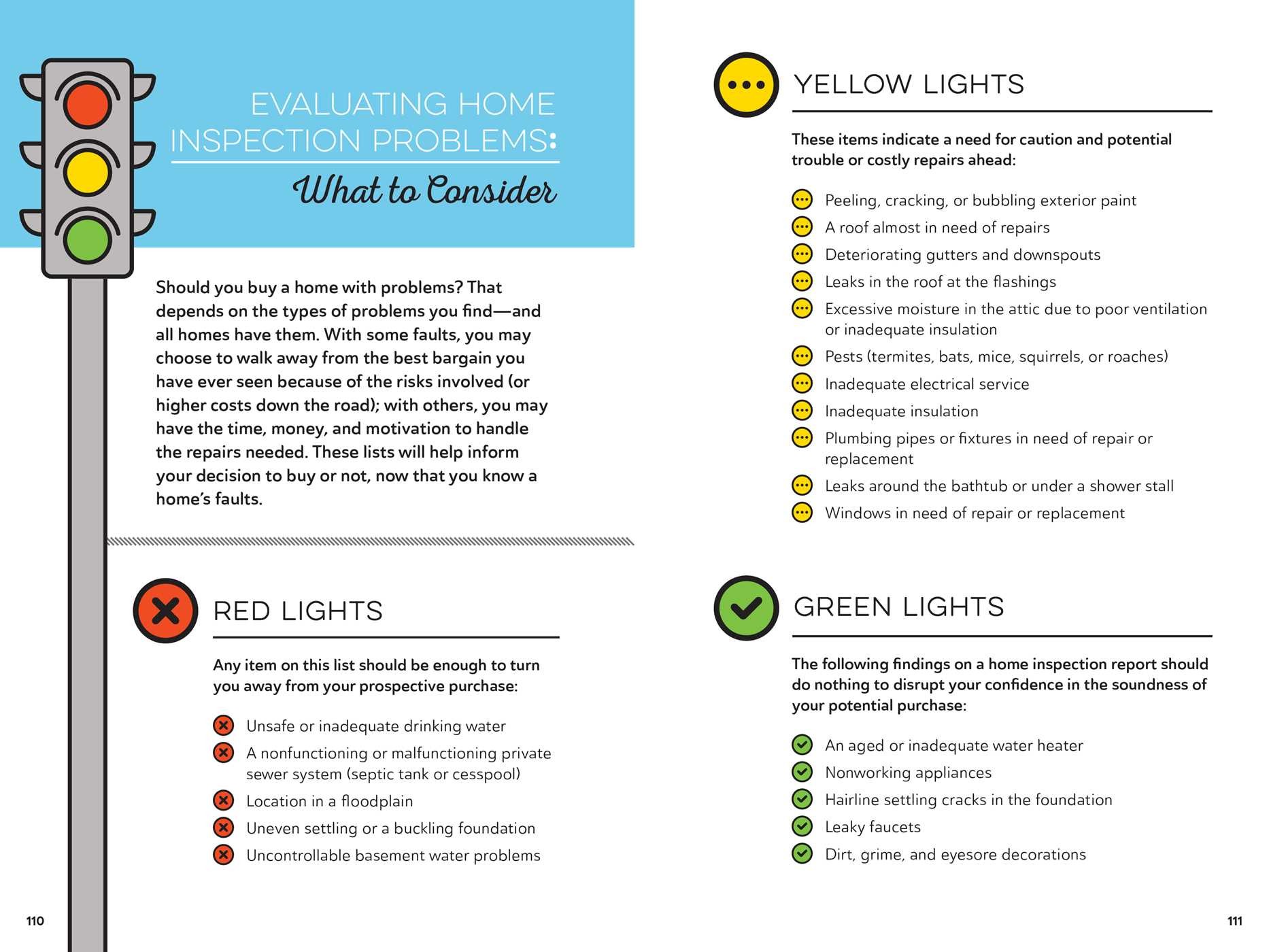Recognizing Concealed Roofing Issues Prior To They Rise
Recognizing Concealed Roofing Issues Prior To They Rise
Blog Article
Material Created By-Lamb Harding
You might not understand it, but your roofing system is silently working against the components on a daily basis, and covert issues can result in considerable troubles if you do not catch them early. By conducting normal inspections and understanding what indicators to seek, you can safeguard your home from pricey repair work. Keep an eye out for missing tiles and those refined dark spots on your ceiling that could indicate leaks. However that's simply the start; understanding when to act and when to employ a specialist can make all the difference. What should you be looking for?
Common Indications of Roof Damage
When you evaluate your roof covering, look very closely for common signs of damage that can bring about bigger problems later on.
Begin by checking for missing or broken tiles; these can enable water to permeate in and trigger leakages. Pay attention to granule loss, which can suggest that shingles are aging and losing their protective layer.
Next, check out more resources blinking around smokeshafts and vents. If you identify rust or gaps, water can easily enter your home.
Look for drooping areas on the roof, as this might signify structural damage or the build-up of wetness.
Don't forget to check for moss or algae growth; while they might seem safe, they can catch wetness and accelerate degeneration.
Evaluate the seamless gutters for particles and signs of water overflow, as this can suggest a clog or improper water drainage.
Lastly, watch on your ceilings and wall surfaces for water stains or peeling paint, as these could be clues that your roofing is dripping.
Dealing with https://www.finehomebuilding.com/2021/04/28/a-new-take-on-insulating-a-roof without delay can help you prevent more substantial fixings and expand the lifespan of your roof.
Inspecting Your Roof Routinely
Normal roof covering evaluations are essential for keeping the integrity of your home. By keeping a close eye on your roof, you can catch issues early, conserving on your own time and money in the long run. Objective to check your roofing a minimum of two times a year-- once in the spring and once in the loss. This timing assists you address any damages triggered by winter months climate and plan for the approaching periods.
When inspecting, start from the ground. Use field glasses to look for missing out on shingles, cracked ceramic tiles, or any kind of indicators of wear. Seek sagging areas or dark areas, which can indicate leakages. Don't fail to remember to inspect the seamless gutters, as clogged up or damaged seamless gutters can lead to water buildup and roof covering damage.
If you fit, climb up to the roofing system to get a more detailed look. Take note of blinking around smokeshafts and vents, as these locations are prone to leaks. Beware and guarantee you have a risk-free means to access your roof.
Routine upkeep, like cleaning debris and moss, will also help extend your roofing's life-span. Staying aggressive concerning inspections can help you find covert concerns before they rise.
When to Call an Expert
Typically, home owners hesitate to call an expert for roof covering problems, assuming they can take care of repair work themselves. Nonetheless, recognizing when to seek help can conserve you time, cash, and tension. If you discover substantial leaks, considerable water damages, or dark spots on your ceilings, don't wait. These signs might show major underlying troubles that require professional focus.
If your roofing system is older than 20 years, also minor problems can escalate swiftly. Broken roof shingles, missing ceramic tiles, or drooping locations are red flags that require a professional evaluation.
In addition, if you're awkward climbing onto your roofing system or lack the necessary tools and experience, it's ideal to leave it to the pros.
When tornado damage happens, such as hail storm or high winds, it's essential to get an analysis from a certified professional. They can determine covert issues that could jeopardize your home's integrity.
Finally, if you have actually attempted repair services yet the issue lingers, do not be reluctant to call a specialist. They'll bring the understanding and skills required to ensure your roof covering is safe.
Verdict
By remaining attentive and evaluating your roofing frequently, you can detect concealed concerns prior to they rise. Keep an eye out for common indicators of damage, like fractured roof shingles or dark areas on your ceilings. If you discover anything worrying, don't hesitate to call an expert. Taking these proactive actions not only secures your home but likewise saves you from pricey repair services in the future. Remember, a little maintenance currently can go a long way in keeping your roof covering in top form.
